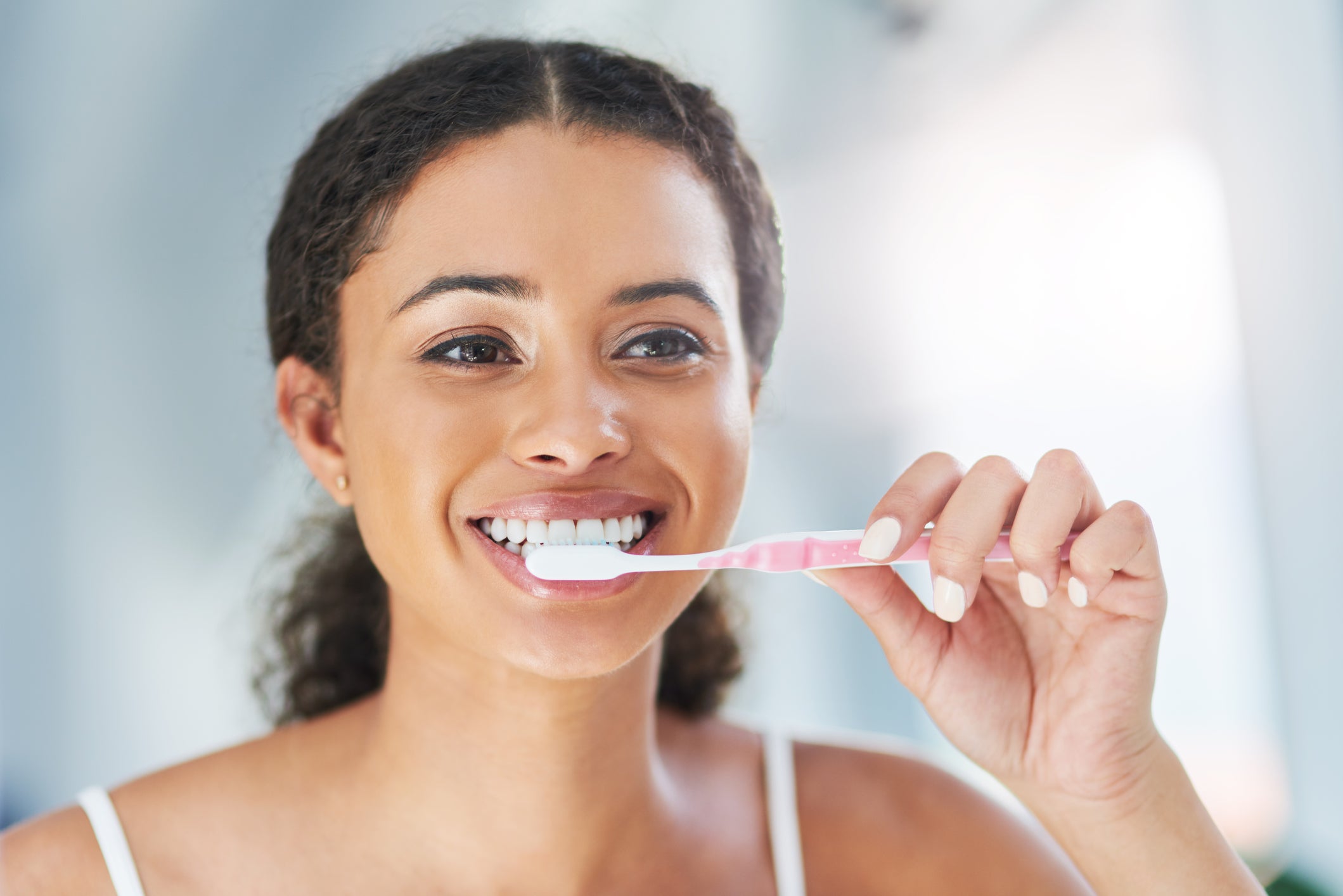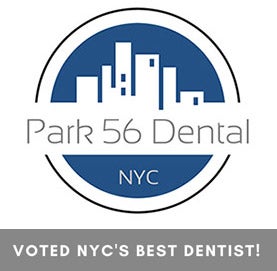-
How Fixing Your Teeth Can Make You Look More Youthful

When we think of looking more youthful, we often think of anti-aging products, makeup or wardrobe changes, and diet and exercise. However, one key aspect of looking youthful is often overlooked–our teeth. Our teeth can greatly impact our appearance and how we are perceived by others. Whether it’s fixing crooked or chipped teeth, whitening discolored teeth, or replacing missing teeth, getting the perfect smile can make you look years younger. In this blog, we’ll explore how fixing your teeth can make you look more youthful and confident.
Straight Teeth
One of the most common ways fixing your teeth can make you look more youthful is by straightening them. Straight teeth not only look more aesthetically pleasing, but they also give the impression of youthfulness. Crooked teeth can make you look older, whereas straight teeth can make you appear more vibrant and lively. Additionally, straight teeth are often associated with good dental hygiene, which reflects positively on your overall health. Invisalign is a popular method for straightening teeth without the visual distractions of brackets and wires.
Whiter Teeth
Another way to achieve a youthful smile is to whiten your teeth. As we age, our teeth naturally become less white due to wear and tear, diet, and lifestyle factors. Whitening your teeth can instantly lift years off your appearance and give you a more youthful glow. A brighter smile can also improve your self-confidence, leading to a more youthful and outgoing personality.
Fixing Chipped Teeth
Chipped, cracked or broken teeth can also make us look older than we actually are. When we have missing or damaged teeth, we may avoid smiling or try to hide our teeth, which can make us seem less approachable and friendly. Fixing chipped teeth can restore our confidence and make us look more youthful and polished.
Replacing Missing Teeth
Missing teeth affects our speech and eating habits and can also make us look older. When teeth are missing or not properly aligned, it can make our face appear sunken or sagging. Replacing missing teeth can give us fuller, younger-looking faces and boost our confidence when smiling and speaking.
Health Benefits
In addition to the aesthetic benefits of fixing your teeth, there are also numerous health benefits. Straightening teeth can improve your bite and chewing ability, making it easier to digest food properly. Whitening teeth can remove harmful bacteria and improve overall oral health. Fixing chipped or broken teeth can prevent further dental problems such as cavities or infection, leading to improved overall health.
Park 56 Dental’s Cosmetic Treatments Can Make You Look More Youthful Today!
Fixing your teeth can be a simple and effective way to look more youthful and confident. Whether it’s through straightening, whitening, fixing chips or breaks or replacing missing teeth, achieving a perfect smile can do wonders for your appearance and overall health. At Park 56 Dental in New York, we offer a variety of dental services to give you the perfect smile you deserve. Schedule an appointment today and start your journey towards a more youthful and confident you!
-
What Are Our Teeth Made Of?

Most people know the basics of dental care, but how many of us really know the anatomy of our teeth? Here’s a short overview of what our teeth are made of.
Crown
Quite simply, the crown is the part of the tooth that you can see.
Enamel
The hardest tissue in your whole body is the enamel of your teeth, which forms the outermost layer of the crown. This substance is why your teeth can withstand the pressure from chewing hard foods. It also protects your teeth from harmful bacteria and acids, as well as hot and cold foods. Enamel mostly consists of calcium phosphate, a rock-hard mineral.
Dentin
Right below the enamel is a yellowish material called dentin. It is a hard tissue made of microscopic tubes. When the enamel is damaged or worn away, heat or cold can enter the tooth through these tubes and cause pain. Every tooth is mostly dentin, which is why teeth have a slight yellowish tint. Like enamel, dentin mostly consists of apatite crystals of calcium and phosphate. This makes it hard as bone, but it’s not quite as hard as enamel.
Pulp
Below dentin is pulp, the softest, most alive and innermost portion of the tooth. Pulp consists of connective tissue , nerves, and blood vessels, which nourish your teeth. Pulp has two parts — the pulp chamber, which is in the crown, and the root canal, which lies in the root of the tooth. Nerves and blood vessels enter the root through a small hole in its tip and extend through the root canal into the pulp chamber.
Cementum
Cementum is a layer of connective tissue that secures the roots of your teeth firmly to your gums and jawbone.
A layer of cementum coats the exterior of the root, under the gum line, and binds the tooth into place within the jawbone. Cementum is as hard as bone, but it’s slightly softer than dentin. It consists of about 45–50% inorganic minerals and 50–55% organic matter (mostly collagen and glycoproteins) plus water.
Periodontal Ligament
The periodontal ligament, also called the desmodontium, is a fibrous joint that holds the root of each tooth in its bone socket. The periodontal ligament fibers are anchored in the cementum layer of the tooth and in the alveolar jaw bone. They hold the teeth in a state of sprung suspension, which means that each tooth can move slightly within its alveolar bone socket.
If you’re looking for the perfect place to get your teeth cleaned or fixed, choose the practice that was voted best dentist in NYC! At Park 56 Dental Group, we offer pediatric, prosthodontics, endodontics, oral surgery, Invisalign®, emergency, and sedation dentistry, all at the highest level of treatment. We serve the Midtown, Central Park, Upper East Side, Park Avenue, and all surrounding Manhattan and New York areas, with a patient-centered practice that has hours to fit your schedule. Schedule your complimentary consultation today by contacting us online or calling us at (646) 679-3989.
-
Why You Have White Spots on Your Teeth

When you smile at yourself in the mirror, you want pearly white teeth to smile back. If you notice white spots on your teeth, you may wonder if it’s a temporary cosmetic problem or an indicator of a more serious health issue. Explore the reasons why you may have white spots on your teeth and how a dentist can help you prevent or treat the problem.
What Causes White Spots on Teeth?
Several problems may cause white spots to form on your teeth. Some of the most common factors include:
- Too much fluoride: Ingesting too much fluoride leads to a condition called fluorosis. This harmless condition is usually seen in children whose teeth are still developing. To prevent this, give young children fluoride-free toothpaste and instruct older children not to swallow their toothpaste.
- Improperly formed enamel: A condition called hypoplasia causes poorly developed tooth enamel in children, resulting in white spots and an increased risk of tooth decay. Smoking during pregnancy is one reason this can happen.
- Certain medications: Amoxicillin and other medicines taken to treat infections can weaken tooth enamel enough to allow white spots to form. This most often affects children whose teeth are still developing.
- Loss of mineral content: In adults, an opaque, chalky white spot is often the first sign of a cavity. It indicates that the acidic plaque on your teeth has compromised the enamel, which is now starting to decay.
- Poor diet: Not consuming enough calcium and other minerals weakens your enamel. Then, eating too many sugary or acidic foods eats away at your weakened teeth, leading to white spots and eventually cavities. Try eating more fruits, vegetables, nuts, and low-fat dairy, while reducing your intake of candy, soda, juices, citrus fruits, and starches.
- Poor oral hygiene while wearing braces: It’s common for white spots to develop on your teeth while wearing braces. After all, dental hygiene is more difficult when your teeth are covered with brackets and wires, so thorough brushing and flossing are more important than ever. You may also want to consider Invisalign as a metal-free way to straighten your smile.
Treatment for White Spots on Teeth
When it comes to keeping your teeth healthy and beautiful, prevention is the best medicine. If white spots have already appeared on your teeth, a dentist may be able to remove them, depending on the cause and level of deterioration. The most effective treatments include:
- Enamel microabrasion
- Teeth whitening
- Dental veneers
- Topical fluoride
- Composite fillings
If you want help removing white spots from your teeth, Park 56 Dental is here for you. We offer cosmetic and restorative dentistry services to renew your confident smile. Our world-class care and passion for helping our patients have earned us the title of NYC’s best dentist! Find out for yourself what makes us different—call us at (212) 826-2322 or schedule an appointment online today. We have served the 10022 zip code area for over 20 years.
RECENT POSTS
categories
- Uncategorized
- Cosmetic Dentistry
- Veneers
- Healthier Teeth
- Teeth Whitening
- Dental Health
- Video
- Dental Emergencies
- Invisalign
- Dental Implants
- Root Canal
- Sedation Dentistry
- Infographic
- Dental Crowns and Bridges
- Dental Anxiety
- Gum Disease
- COVID-19
- Bad Breath
- New York Dentist
- Cut out sugar
- General Dentistry
- Oral Health
- Oral Cancer
- Dry Mouth
- Gum Health
- Toothache
- Dental Sealants
- Cavities
